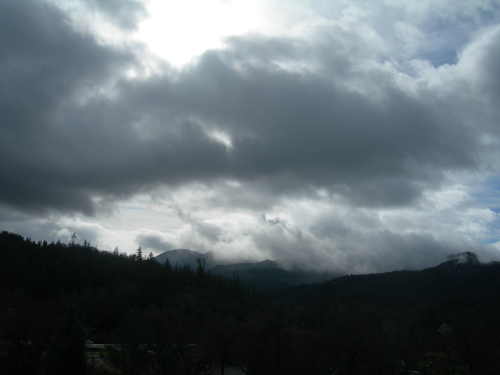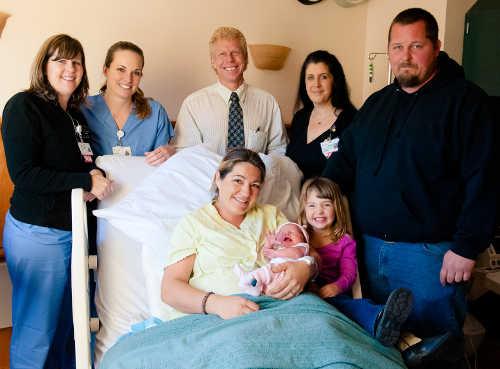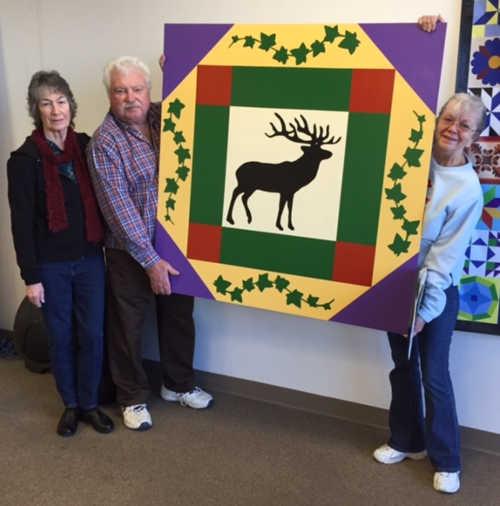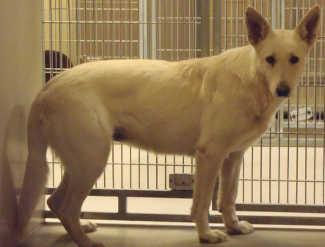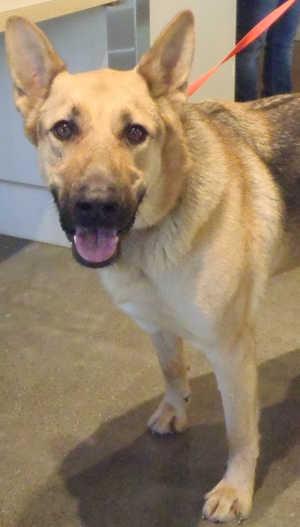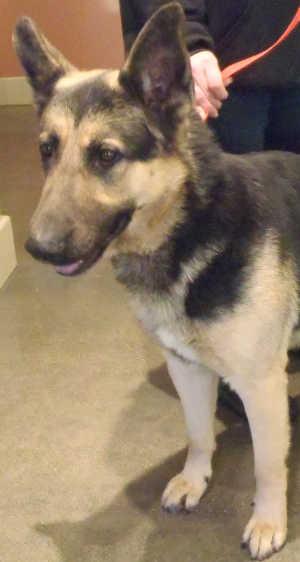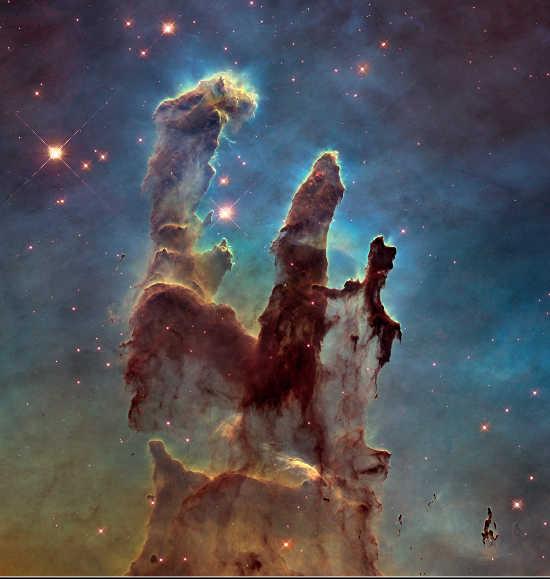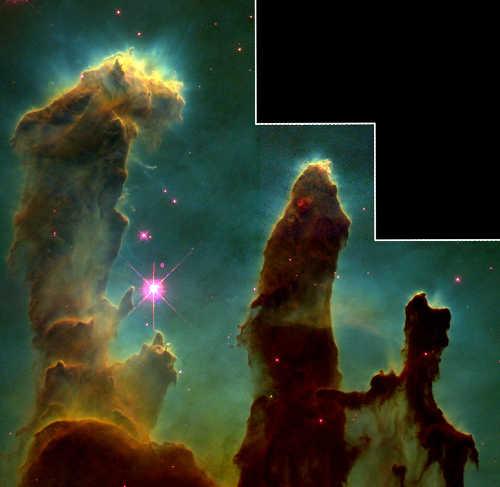- Kathleen Scavone
- Posted On
The Living Landscape: Rabbit Hill and Chaparral Preserve
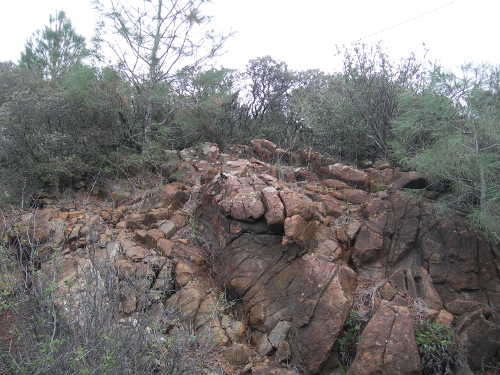
LAKE COUNTY, Calif. – Rabbit Hill and Chaparral Preserve is a Lake County Land Trust acquisition that encompasses more than nine acres, and is located in west Middletown at 21281 Stewart St.
The Lake County Land Trust, incorporated as a nonprofit in 1994, functions to protect and preserve valuable resources in Lake County.
Some of the lands they have worked for include the Black Forest and Rodman Preserve.
Currently they are working on purchasing the wetlands on the Big Valley shoreline of Clear Lake.
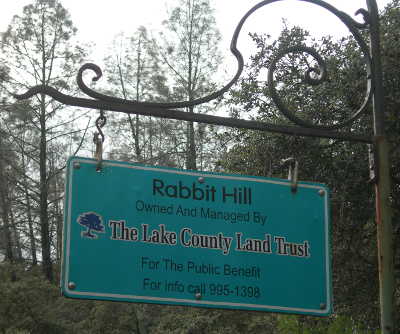
The Lake County Land Trust is run by hardworking Lake County residents who are deeply devoted to Lake County lands and the environment.
The Lake County Land Trust Board of Directors includes Jon Ambrose, Michael Friel, Bill Lincoln, Roberta Lyons, Val Nixon, Tom Smythe, Kathleen Windrem and John Wise.
It's a delightful walk up the Rabbit Hill trail. Swaying gray pines line the trail, painting an impressive winter scene against the cold clouds amassing beyond them.
On the way, look for leather oaks, or Quercus durata that hug the serpentine outcrops.
Leather oak is a California native plant that is native to the coast ranges, and even the islands of Baja and California. Leather oak acorn caps cover almost one-half of the acorn.
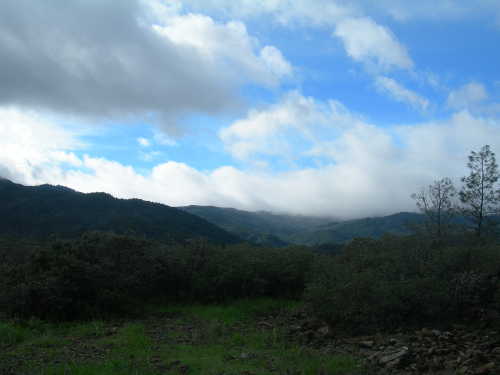
California's American Indians utilized leather oak acorns, along with other oak species as a food staple after considerable preparations.
The measures included shelling the acorn, mashing them and leaching them to rid the acorns of bitter tannins.
Evidence of nature's ongoing methods of recycling and returning her charges back to soil are all around.
Verdant mosses overtake a boulder silently breaking it down, bit by bit.
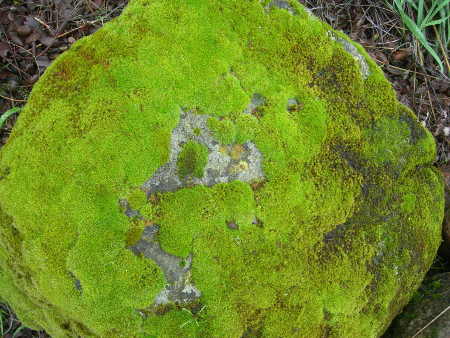
Note the sculpture-like cubes which are all that remain of a rotted log. A recently downed gray pine will eventually nourish the serpentine soils with its tough, slender needles, heavy cones and bark.
Another item to watch for among the chaparral landscape is the lovely Konocti manzanita, or Arctostaphylos, which is a subspecies of the common manzanita, and is on the California Native Plant Society's Inventory of Rare and Endangered Plants.
Once at the top of Rabbit Hill you can see why Hugo "Huck" Hamann and Juanita "Skee" Hamann once chose to live up here.
Blue jays, red-headed acorn woodpeckers and a red-tailed hawk all chime in with their own distinctive cries on this winter walk.
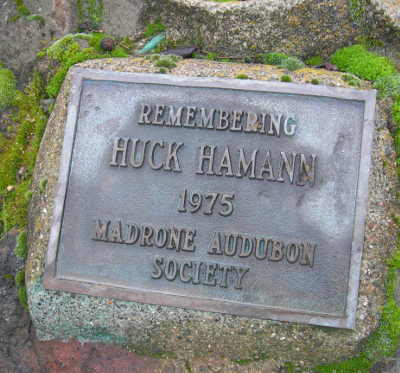
The Collayomi Valley spreads out below, like a textured tweed wrap. Views of Cobb Mountain, Mount St. Helena and Mt. Hannah present themselves for your quiet amazement.
Huck Hamann ran a lapidary on the hill, creating a myriad of jewelry with his skilled hands.
The couple resided here until their deaths, Huck in 1975 and Skee in 1983.
Huck and Skee Hamann turned Rabbit Hill into a sanctuary to honor the memory of their daughter, Joan Hamann Dole, who was murdered in 1966 at her Anderson Springs home.
Rabbit Hill was deeded to the Madrone Audubon Society in 1968 before it came under the care of the Lake County Land Trust in 1999.
For more information on the Lake County Land Trust visit http://www.lakecountylandtrust.org/about_us.htm .
Kathleen Scavone, M.A., is an educator, potter, writer and author of “Anderson Marsh State Historic Park: A Walking History, Prehistory, Flora, and Fauna Tour of a California State Park” and “Native Americans of Lake County.” She also writes for NASA and JPL as one of their “Solar System Ambassadors.” She was selected “Lake County Teacher of the Year, 1998-99” by the Lake County Office of Education, and chosen as one of 10 state finalists the same year by the California Department of Education.
